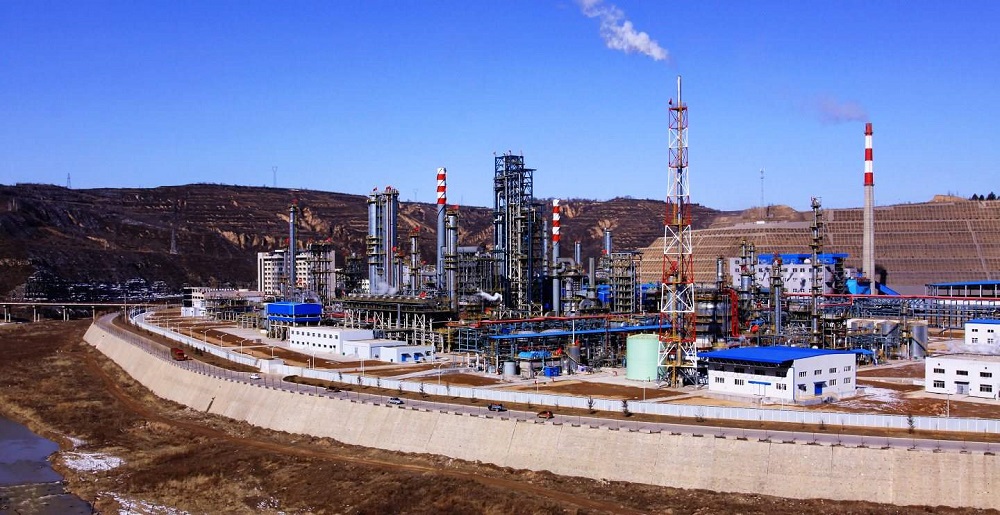Problems faced by petrochemical plants
IoT applications in petrochemical scenarios generally have the following characteristics:
(1) Most of them are located in urban areas, and the radio electromagnetic environment is complex, requiring high reliability of the system;
(2) There are a large number of IoT monitoring points and their distribution is relatively concentrated;
(3) For special monitoring and early warning information, such as fire protection facility status alarms, combustible gas alarms and other key data, the timeliness of the business must be ensured;
(4) The construction and operating costs that industry users can afford are low;
(5) There are dual needs for voice communication and IoT management. In the petrochemical industry scenario, if the LoRa system uses unlicensed frequency bands, it is susceptible to interference from the complex wireless electromagnetic environment and the system reliability is low. For NB-IoT with public network attributes, network planning will focus more on the trade-off between network data throughput and coverage. Therefore, even if the site has original public network coverage, when faced with such centralized and large-scale IoT applications, the original network usually needs to be optimized and upgraded, and there is also a large investment in network construction costs. Another point that cannot be ignored is that NB-IoT charges a monthly rental fee for each node, which is not suitable for such point-intensive scenario applications, and its operating costs are too high.
p-iot can be a good solution
In terms of reliability, P-IoT is deployed in a dedicated authorized frequency band. Daily work is almost not affected by non-malicious aggressive radio electromagnetic interference, and the system reliability is high. In terms of customized network construction, a major feature of the private network is that the private network is specially built. Therefore, the network can be deployed according to the actual location needs of users in the emergency industry. In terms of construction costs, the P-IoT system has coverage capabilities comparable to those of dedicated digital trunking systems. Its base stations can be co-located with dedicated digital trunking system base stations, which not only saves a lot of construction costs, but also satisfies the needs of industry users for voice communications and Cluster scheduling needs. In terms of operation and maintenance costs, the private network charges one-time network construction and service fees. There is no monthly node rental fee, and subsequent network operation and maintenance costs are lower.

At present, my country’s safety supervision data mainly relies on manual inspections, manual reporting, etc. The real-time nature of the data is poor, and the popularity of scientific and technological means is low. When an accident is discovered, a large number of people and property losses have often been caused [10]. Compared with other safety supervision industries, the production in the petrochemical industry is also characterized by flammability, explosiveness, poisoning, high temperature, high pressure, and corrosion. The flammability, reactivity, and toxicity of many chemical materials determine the quality of chemical production. There are more unsafe factors and greater dangers and hazards. Efficient supervision of safe production in chemical plants has always been a big problem.
An example of P-IoT application in the petrochemical industry is shown in Figure 1. With the help of P-IoT technology, real-time data collection can be carried out on the temperature, pressure, liquid level in key monitoring points in petrochemical enterprises (such as major hazardous source storage facilities), as well as combustible gases in the factory area. When an accident such as excessive temperature, gas leakage or flame is detected, P-IoT’s low-latency feature of transmitting business-critical data can ensure that alarm information can be reported to the factory control room as soon as possible. In addition, in daily supervision, the application of P-IoT positioning system can conduct real-time supervision of personnel and equipment in the factory area, improving inspection efficiency.
Many petrochemical companies such as Zhanjiang Dongxing Refinery in Guangdong Province and Sinopec Beihai Refinery have introduced P-IoT smart supervision systems. Practice has proven that the P-IoT system has greatly improved the supervision efficiency of enterprises. While effectively curbing the occurrence of major production safety accidents, it also provides new ways for enterprises to reduce burdens and increase efficiency.
Recommended article: Internet of Things
